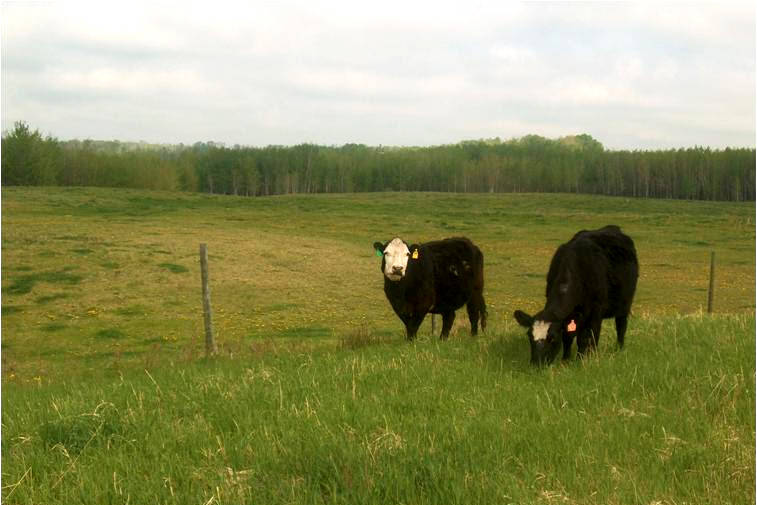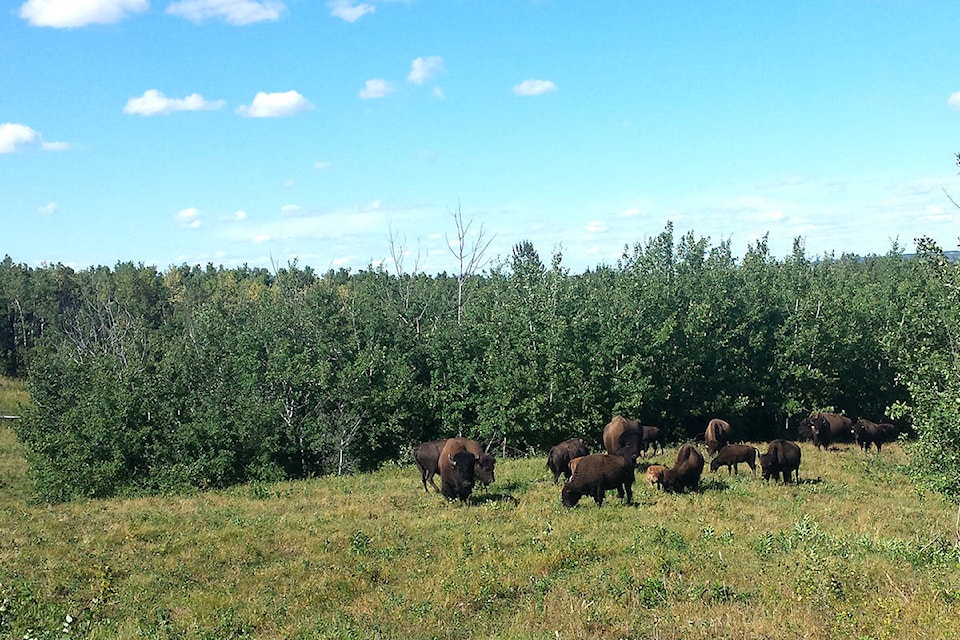Have you been thinking more about your health this year?
Physical distancing and hand washing are essential to slowing the spread of COVID-19, but improving your general health can help your body fight many illnesses including COVID-19. Stewart Staudinger, an applied scientist and Central Alberta rancher, has been researching human and planet health for two decades, and is excited to see more people interested in regenerative agriculture and balanced, whole food nutrition.
“Baseline health and immune function is vital to reducing the negative effects of seasonal respiratory viruses. The real pandemic was driven by co-morbidities — predominantly metabolic diseases (Nell et al, 2020, p. 24) — which have contributed to 94 per cent of COVID-19 deaths,” says Staudinger, co-owner of Ranch Gate Market in Sylvan Lake.
Rising consumption of energy-rich, nutrient-poor processed carbohydrates and plant-sourced forms of poly-unsaturated fatty acids (Dasuri et al., 2012; Ghosh et al., 2004) has driven baseline health in the western world to historic lows and consequently pushed healthcare costs to historic highs. Staudinger contrasts that to countries like Japan and Hong Kong who consume much lower levels of processed carbohydrates and poly-unsaturated fatty acids and have longer lifespans, lower levels of metabolic disease, and lower fatality rates from COVID-19.
If we eat more real, unprocessed, nutrient-rich foods, Staudinger believes we can improve our health.
Agricultural revolution
The good news is that a revolution in agriculture is occurring around the world, and it’s making the planet and our food more healthy.
“Conventional industrialised farming, dependant on chemistry and technology, has seen nutrient density of our foods drop by one third since 1950. The soil ecosystem has also failed, with organic matter dropping, in some cases, to less than 15 per cent of 1940s levels,” Staudinger says.
By contrast, regenerative agriculture adopts practices that mimic natural ecosystems and maximise biodiversity, including:
- Soil is ‘armoured’ by a layer of plant material
- Minimal mechanical and chemical disturbance of the soil ecosystem
- Planting diverse polyculture crops in place of monocultures
- Living plant roots are left in the soil for the entire growing season
- Integrating grazing animals (multiple species if possible)
“The results are incredible,” Staudinger says. “Improved carbon, water and mineral cycling, recovery of the soil ecosystem and above-ground ecosystem.”
If just the current grazing land used in the United States is converted to regenerative grazing, the carbon sequestered would offset the emissions of the whole US economy (Conant et al., 2001; Teague et al., 2011). If only 50% of conventional cropland and grazing agriculture adopted regenerative practices, the same is true. The resulting cropping products are more nutrient-rich, with much lower poly-unsaturated fatty acids.
Consider replacing a bowl of cereal with a plate of grass-fed steak or bacon and pastured eggs. Replace box pasta with locally grown spaghetti squash and a grass-fed bison, beef or yak ragu.
“Replace empty carbs with real food. This will improve metabolic health and you’ll be supporting a growing number of producers who truly love the ecosystems they’re privileged to care for,” Staudinger says. “Healthy humans and healthy ecosystems come hand in hand.”
Visit The Ranch Gate Market in Sylvan Lake for meat, cheese and pantry items from a variety of healthy local producers. Find the store at 380-49 Hinshaw Dr., open Tuesday to Saturday. To learn more about regenerative farming visit mflbisonranch.com.

